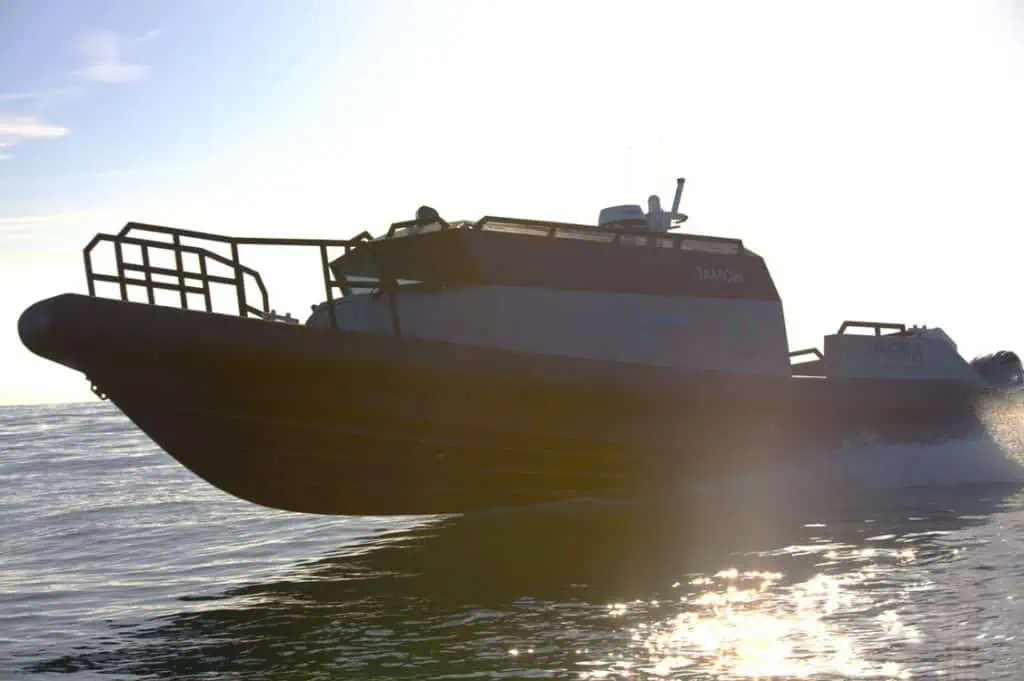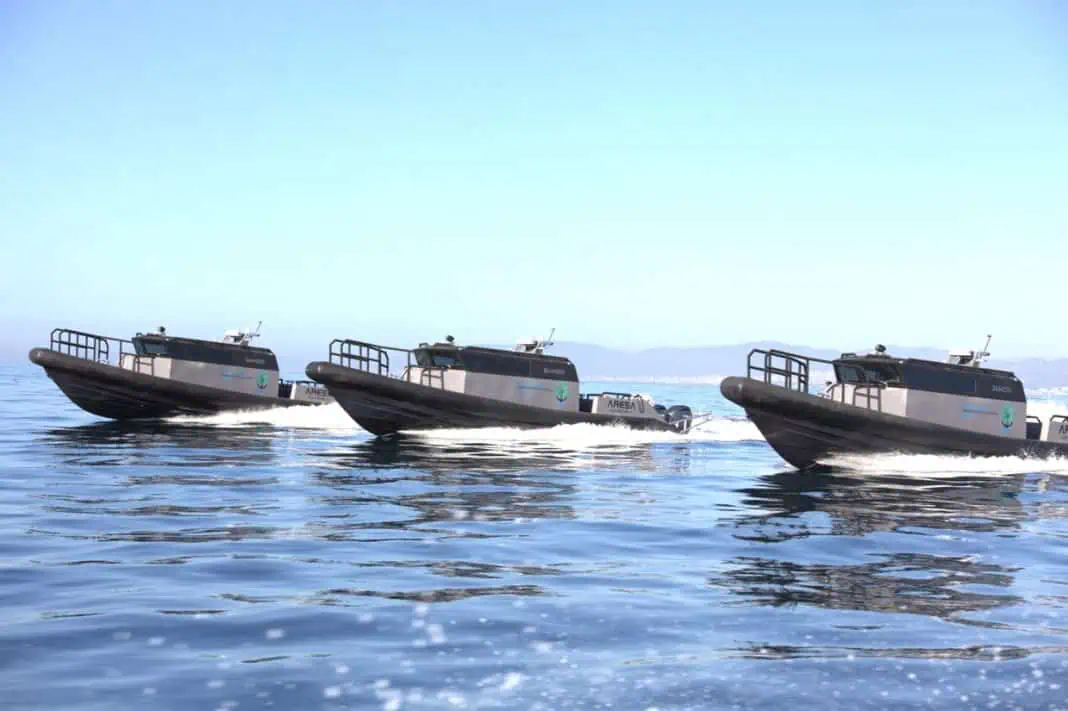Exciting times are rolling through Aresa Shipyard in Spain as it completes significant contracts for clients spanning the defence and fishing sectors. Andy Probert sat down with CEO Oriol López to discuss his vision and plans to upgrade the family-owned yard’s facilities, become one of the first zero-carbon shipyards in Europe and build hydrogen propulsion vessels.
Raising the roof is firmly on CEO Oriol López’s radar. And this is not just to celebrate the glut of orders for defence and fishing vessels his family-owned shipyard is receiving. Over the next 12 months, he plans to oversee a four-metre roof raise at the Spanish yard’s central hub and a 3,000sqm service area expansion encompassing its new 100m assembling dock.
The plans are part of Aresa’s scope to expand its shipbuilding prowess in the 25-50m vessel range, fitting perfectly in the medium fleet specification which is too small for big boat builders and too large for small-scale operators.
They also align with his vision to establish Aresa as one of the first shipyards to set the standard on the decarbonisation pathway by becoming a carbon-free operation, while embracing new technologies, like hydrogen propulsion. “As the biggest shipbuilder in Catalonia, we are seriously making our mark as one of the most progressive in Spain,” said Mr López.
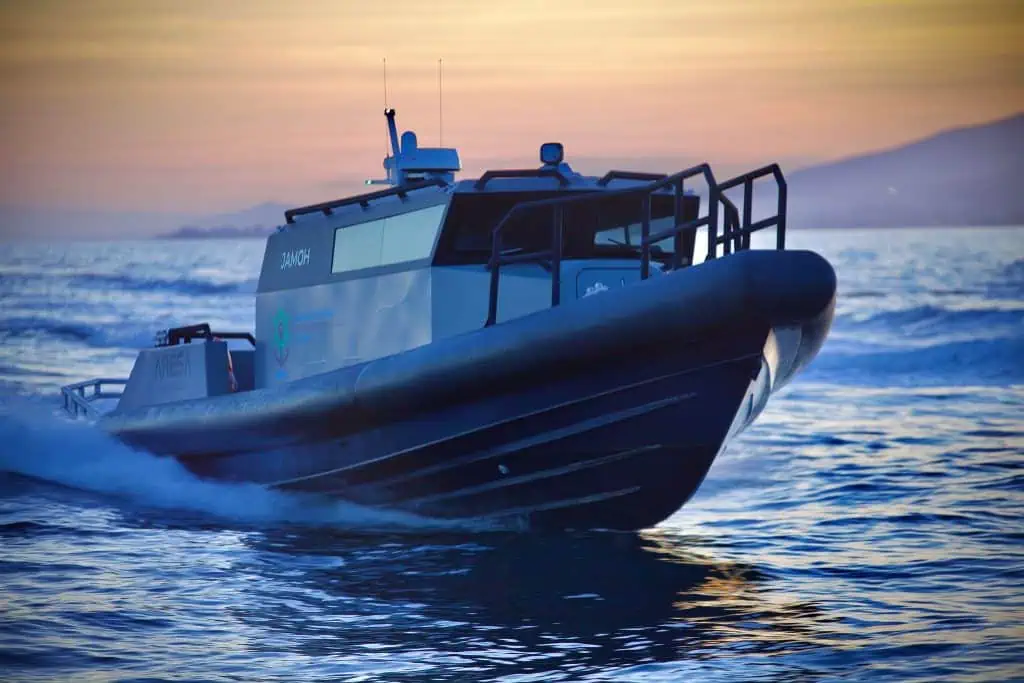
Out of Africa
Aresa’s history traces back to 1961 when it was established by Mr López’s father, Oscar. Its early heritage was building yachts. That later evolved with a focus on professional and defence sectors, solidifying its presence. It is one of Europe’s few yards that specialise in five markets, consisting of fishing (20 models), defence and security vessels (30 models ), passenger vessels, offshore service vessels, and yachts.
Mr López Junior’s current positive outlook comes on the heels of contract wins helping Aresa Shipyard break new ground with returning clients and establish links with new ones. If the company’s impressive array of high-speed, high-quality naval and commercial fishing vessels are turning heads, it is Africa where business is skyrocketing.
The company is currently ahead of schedule manufacturing seven Aresa 1300 Sentinel II vessels for the Nigerian Maritime Administration and Safety Agency (NIMASA). Due to be delivered in 2023, the vessels will be additions to its fleet of 2013 composite-built 13m Sentinel I iterations from Aresa. They will cover NIMASA’s growing remit for maritime security: protecting strategic installations, coastal and port areas, and managing vessel movements around Lagos port, one of the world’s busiest.
The 1300 Sentinel II is built from naval aluminium and has integral armour built into the main cabin. It has a top speed of 38 knots and is powered by 2 x 300hp outboard engines. Mr López said: “The Sentinel II is becoming the definitive tool to tackle all coastal surveillance missions at high speeds, with total protection for the crew and a high level of comfort in the most adverse conditions.”
Aresa has also enjoyed links with Nigeria’s Navy. Having supplied four 1700 inshore patrol boats to the Navy in April 2021, Aresa launched its Aresa 1700 Fighter II, an aluminium patrol vessel, later that year, with the Navy shortly after ordering four.
The Fighter II series, an evolution of the company’s Fighter I coastal patrol vessel, features an armoured bridge and two 1,250hp inboard engines. Able to reach speeds of 40 knots, the 17m vessel has a displacement of 25 tons. It can carry a RHIB at the rear and launch using Aresa’s vertical launching system, transport up to 17 soldiers seated in the main cabin and accommodate 5 crew in cabins inside the hull.
Aresa’s strategy perfectly mirrors modern naval doctrine, increasingly concerned with the threat posed by small, fast boats to naval vessels operating in shallower waters, especially along coastlines. In response, coastal governments have shown extensive interest in procuring small, light, fast attack and interceptor craft to meet and counter this threat.
“High-speed vessels, at the lengths we specialise in, are one of the most difficult types to build,” Mr López said. “They must be secure, but robust enough for heavy-duty use and operate at speeds between 50 and 70 knots.” Aresa has previously supplied vessels to African military customers in Senegal, Cameroon and Angola.
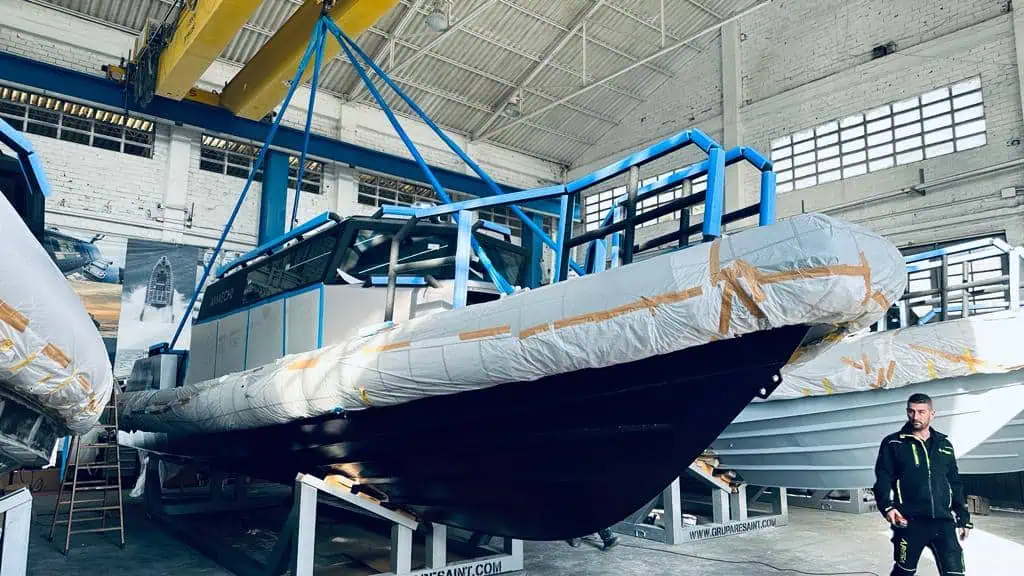
Fishing industry strength
Aresa is very strong in the African fishing sector, providing an extensive range of vessels. From 2004 to 2009, Aresa completed one of the biggest orders ever, an €84 million order for a fleet of 210 fishing vessels and coastal patrol vessels for the Angolan government.
For Angola, the company is now building four Aresa 2500 S RWS semi-industrial seiner fishing vessels with integrated, modern suction fishing systems and RWS Refrigerated Water Systems in the fishing holds. The first of the 25m vessels, which will have a capacity of 50 tonnes of fish and is an evolution of Aresa’s 2500 S model, will be delivered in April 2023.
“The new vessels will ensure fish are suctioned into the hold and then piped directly into the factory when the boat docks at port,” explained Mr López. “The fish won’t be handled by humans. The quality of the fish will be better and arrive at the factory fresh from sea.”
Green ambitions
While the shipyard enjoyed a 35% upswing in business in 2022, Mr López continues to have one eye on the next 12 months to upgrade and improve facilities onsite.
Its headquarters and production facility covers 25,000sqm and includes a 100m mooring berth and three 60m long hangars. The yard has received from the local authority an extra 3,000sqm of land around Aresa’s new 100m assembling dock, allowing it to bring the preparation area closer to dockside and enable it to finish vessel work faster.
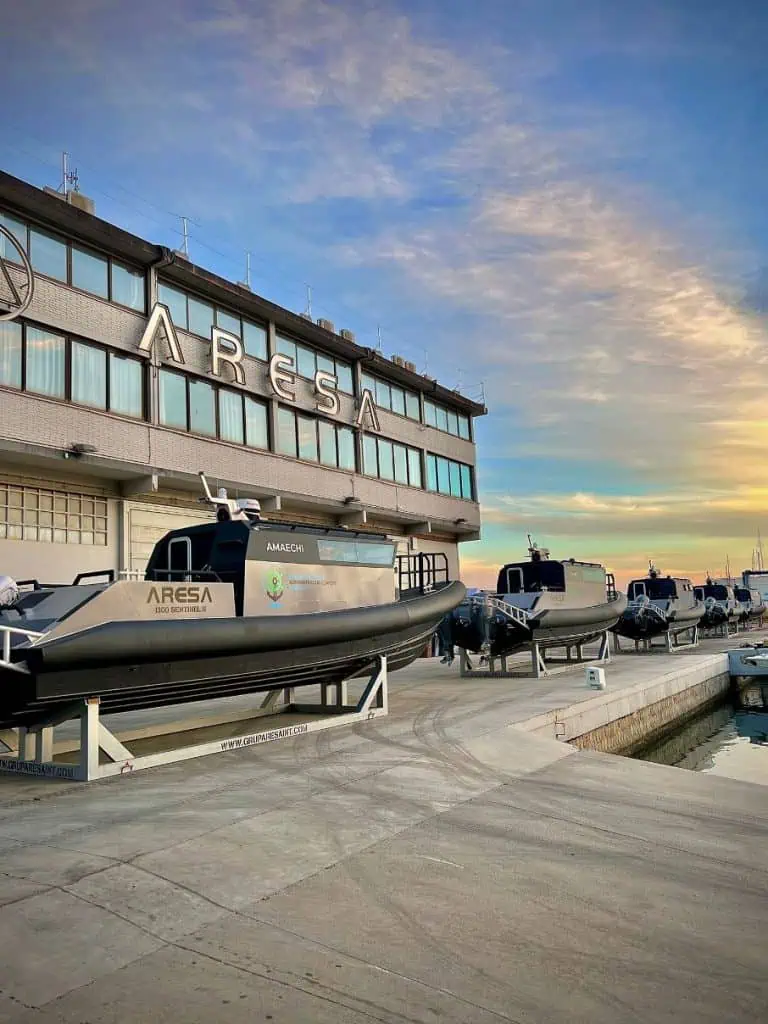
“The roof on the main hangar will rise to 14m, allowing us to produce bigger vessels as we become established in the 25m to 50m vessel range,” said Mr López. “These plans will help increase production capacity by 30 per cent.” The plans, costing Є2 million and to be completed within six months, will see the rolling crane stock double to 80 tonnes.
A prime objective in the next 12 months is to become one of the first shipyards in Spain and, possibly in Europe, to be carbon net zero. “In the next year, our processes will be evaluated, and all carbon-emitting ones will be compensated with new carbon-neutral ones,” Mr López emphasised. “It is the first step, but essential.”
This will reduce emissions from lamination processes by between 40% and 30% when building vessels with aluminium. Solar panels will be installed to derive alternative power for its offices.
Aresa’s production strategy is built around manufacturing models adapted to customers’ specific needs and supporting those models for the long term with after-sales and servicing. It plans to open new service points in Angola and Congo, following similar ones in Nigeria and Cameroon.
The yard is also planning to embrace new technologies, with Mr López confirming it was in talks with a European client to build a 20m passenger vessel with hydrogen propulsion.
He concluded: “Aresa, with the support of suppliers and clients, is looking confidently to more growth, while venturing further along the sustainability path.”
